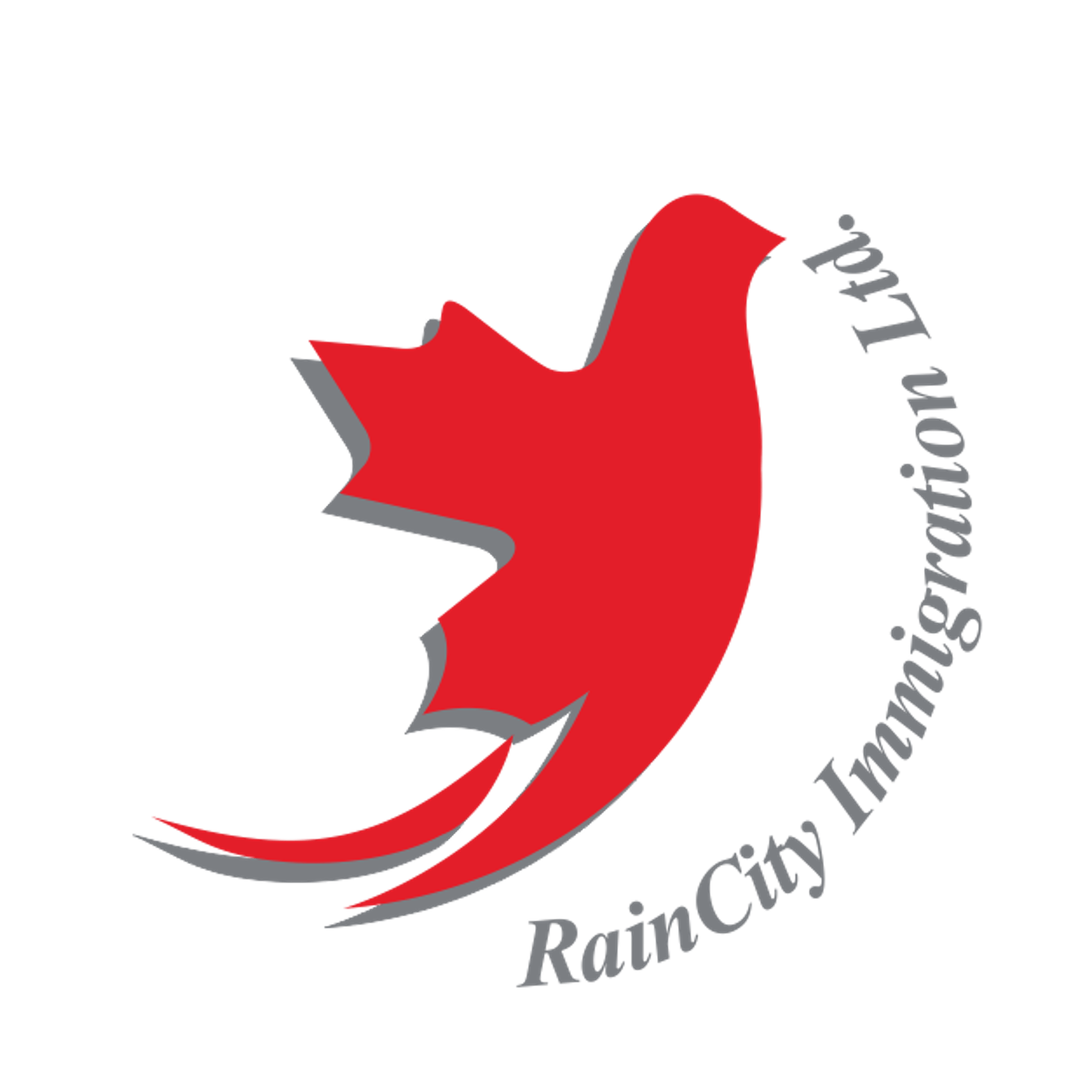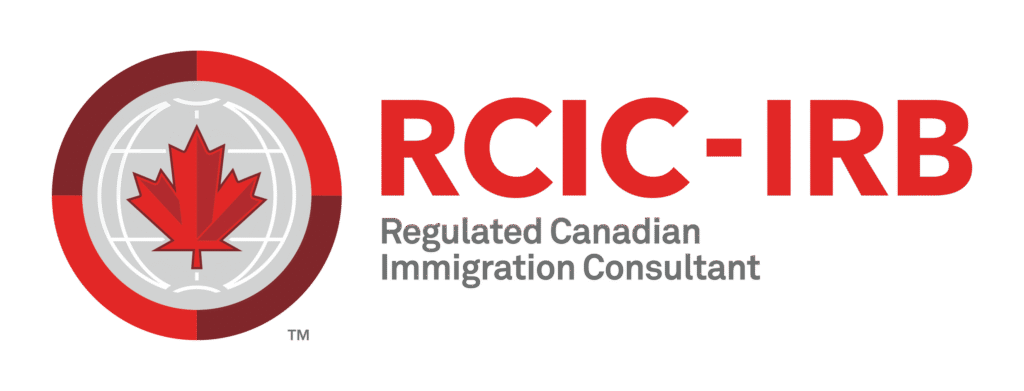Tips for Learning Beginner French for Canadian Immigration

Knowing French can significantly improve your chances of obtaining Canadian permanent residence (PR), especially through the Express Entry system.
In this guide, we’ll cover:
How knowing French can benefit your Canadian PR application;
Practical tips and tricks to reach a basic level of fluent French; and
How the federal government evaluates French proficiency for immigration purposes.
Benefits of Learning French for Canadian Immigration
Foreign nationals with moderate to high English proficiency can gain a competitive advantage in the Canadian immigration process by also demonstrating French language skills.
For candidates applying through Express Entry, proficiency in French can increase their Comprehensive Ranking System (CRS) score, improving their chances of receiving an Invitation to Apply (ITA) for PR.
| Factor | Maximum CRS Points | Considerations |
|---|---|---|
| Core human capital | 24 | For second official language proficiency (without a spouse) |
| Additional factors | 50 | For achieving NCLC level 7 in all four language abilities |
For immigration purposes, scores from approved language tests are converted into the Government of Canada’s official 1–12 proficiency scale:
Canadian Language Benchmark (CLB) for English
Niveaux de compétence linguistique canadien (NCLC) for French
Applicants in the Express Entry pool who meet NCLC level 7 in all four language abilities can also qualify for category-based selection under the French-language proficiency category.
French-targeted draws often have lower CRS cut-off scores than Canadian Experience Class (CEC) draws. In 2025, CRS cut-offs for French draws ranged from 379 to 481, while CEC draws ranged between 518 and 547.
French speakers can also benefit from Provincial Nominee Program (PNP) streams that give preference or extra points to francophone applicants. For instance, both the Ontario Immigrant Nominee Program (OINP) and the Northwest Territories Nominee Program (NTNP) include dedicated streams for French-speaking candidates.
Additionally, candidates who achieve NCLC level 5 in all four abilities may be eligible for the Francophone Community Immigration Pilot (FCIP), provided they meet all other program requirements.
Tips and Tricks for Reaching NCLC 4 (Fluent Basic)
1. Focus on Pronunciation
Understanding the nuances of French pronunciation early in your learning journey helps you avoid long-term mistakes. Remember that Canadian French differs from Parisian French, especially in pronunciation.
Use resources like Forvo or French-language tutors on YouTube to learn accurate pronunciation. Practice vowel combinations, nasal sounds, and silent letters—common pitfalls for beginners.
For best results, follow tutorials from native Canadian French speakers, especially from Quebec, New Brunswick, northern Ontario, and Manitoba.
Familiarize yourself with the five French accent marks and how they affect pronunciation and meaning:
Acute (é)
Grave (à, è, ù)
Circumflex (â, ê, î, ô, û)
Cedilla (ç)
Trema (ë, ï, ü)
2. Immerse Yourself in French Media
Immersing yourself in French media is one of the most effective ways to accelerate your learning. Listening to podcasts or watching French movies and TV shows with subtitles provides a relaxed yet productive learning experience.
This repeated exposure builds familiarity with vocabulary, sentence structure, and pronunciation in real-life use. You can pause, rewind, and replay at your own pace. Even if you don’t catch every word, your brain will start recognizing patterns and common expressions naturally.
3. Start Speaking from Day One
Don’t wait until you feel “ready” to speak French—start right away! Use a few words or phrases daily, even if you don’t fully understand them. Speaking aloud helps improve pronunciation, confidence, and memory.
Practice by repeating simple phrases, recording your voice, and describing everyday things around you.
4. Find a Beginner Study Partner
Learning French alongside another beginner makes the process fun and motivating. You can celebrate small wins, practice regularly, and hold each other accountable.
This method also reinforces learning through teaching each other, which strengthens your understanding of key concepts.
However, it works best when combined with other methods like watching native media or working with tutors.
5. Practice and Study Daily
Consistency is crucial in language learning. Even 15–30 minutes daily can yield lasting progress.
Daily study helps you reinforce new vocabulary, maintain pronunciation skills, and refresh previously learned material. Alternate between learning new words, reviewing old ones, listening to short audios, and writing simple sentences.
Try incorporating study time into your routine using “habit stacking.” For example:
Review flashcards while having your morning coffee.
Listen to a short French dialogue during your commute.
Rewarding yourself afterward can boost motivation.
Language-learning apps (like Duolingo or Babbel) also help by tracking progress, sending reminders, and gamifying learning.
6. Keep an Error Journal
Maintain a notebook to track your common mistakes—whether in grammar, pronunciation, or vocabulary. Note what went wrong, the correction, and why it’s correct.
Review it regularly to identify recurring errors and focus on improving them. Group similar mistakes (like verb tenses or gender usage) together for more efficient learning.
7. Join a Practice Group
Join online or in-person French conversation groups to practice in real time. These can be community meetups, video calls, or language exchanges. Some are led by fluent speakers, while others are peer-based.
Speaking with others helps you develop natural communication habits and listening comprehension.
8. Attend an Immersion Retreat
Full immersion is one of the fastest ways to learn. If possible, join a French immersion retreat—a program combining lessons, group activities, and daily interaction in French.
Usually held in French-speaking regions, these retreats encourage continuous use of French, building fluency quickly. Afterward, continue practicing regularly and prepare for your official immigration language test to maintain your skills.
French Language Tests for Immigration
To take an official French test, schedule it online with an IRCC-approved test provider.
IRCC currently recognizes two exams:
TEF Canada (Test d’évaluation de français)
TCF Canada (Test de connaissance du français)
On test day, you’ll complete reading, writing, listening, and speaking sections.
| Test | Skill | Format | Duration | Method |
|---|---|---|---|---|
| TCF Canada | Reading | 39 multiple-choice questions | 1 hour | Computer-based |
| Listening | 39 multiple-choice questions | 35 minutes | Computer-based | |
| Writing | 3 exercises | 1 hour | Computer-based | |
| Speaking | 3 exercises | 12 minutes | One-on-one | |
| TEF Canada | Reading | 40 multiple-choice questions | 1 hour | Computer-based |
| Listening | 40 multiple-choice questions | 40 minutes | Computer-based | |
| Writing | 2 sections (A – 25 min, B – 35 min) | 1 hour | Computer-based | |
| Speaking | 2 sections (A – 5 min, B – 10 min) | 15 minutes | One-on-one |
Reading: Assessing your comprehension of written documents (e.g., advertisements, brochures, or menus).
Listening: Evaluating understanding of everyday conversations or factual information.
Writing: Testing your ability to express ideas, justify opinions, or write structured messages.
Speaking: Measuring your capacity to communicate spontaneously and clearly in conversation.
Total duration:
TCF Canada – 2 hours 47 minutes
TEF Canada – 2 hours 55 minutes
Preparation Resources
Prepare in advance using official materials:
TEF Canada: Offers practice tests, study resources, and workshop recordings.
TCF Canada: Provides sample tests and external study materials.
Combine these with the learning strategies described earlier for best results.
Understanding NCLC Levels 1–4
Language proficiency is divided into three stages:
| Stage | Level Range | Description |
|---|---|---|
| Stage 1 | NCLC 1–4 | Basic ability |
| Stage 2 | NCLC 5–8 | Intermediate ability |
| Stage 3 | NCLC 9–12 | Advanced ability |
| NCLC Level | Designation |
|---|---|
| 1 | Initial Basic |
| 2 | Developing Basic |
| 3 | Adequate Basic |
| 4 | Fluent Basic |
To meet most immigration pathways, you’ll generally need at least NCLC level 4.
Detailed Breakdown: NCLC 1–4
Each level measures your proficiency in listening, speaking, reading, and writing.
NCLC 1 – Initial Basic
| Skill | Abilities |
|---|---|
| Reading | Recognizes letters, numbers, and a few everyday words; relies on visuals. |
| Writing | Can write single letters or simple words with frequent mistakes. |
| Speaking | Expresses only basic needs using isolated words; depends on gestures. |
| Listening | Understands a few words if spoken slowly and clearly. |
NCLC 2 – Developing Basic
| Skill | Abilities |
|---|---|
| Reading | Identifies short, familiar phrases; needs visuals or dictionary support. |
| Writing | Writes simple personal information; struggles with clarity. |
| Speaking | Uses short, familiar words but struggles to link ideas. |
| Listening | Understands simple, predictable phrases when spoken slowly. |
NCLC 3 – Adequate Basic
| Skill | Abilities |
|---|---|
| Reading | Understands brief texts on everyday topics. |
| Writing | Forms simple sentences; shows growing awareness of grammar. |
| Speaking | Can link simple sentences about familiar topics. |
| Listening | Understands main ideas of slow, clear speech. |
NCLC 4 – Fluent Basic
| Skill | Abilities |
|---|---|
| Reading | Identifies main ideas and connections between basic concepts. |
| Writing | Writes short texts with simple grammar and vocabulary. |
| Speaking | Shares basic information on everyday topics with some fluency. |
| Listening | Understands moderately paced conversations with visual support. |

